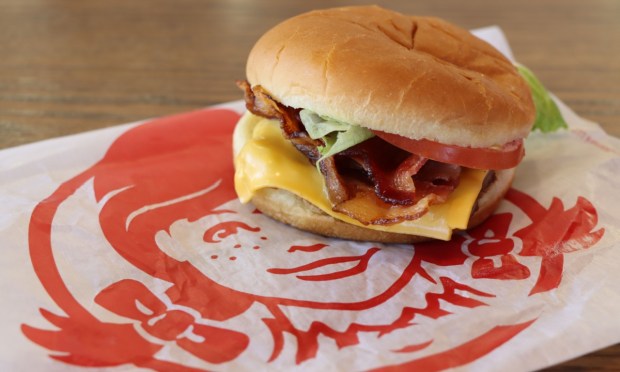
Wendy’s may have backed away from dynamic pricing, but many other eateries are moving ahead.
The concept — raising and lowering prices depending on demand — has long been used by mobile apps and eCommerce companies, and is now being embraced by the restaurant industry, The Wall Street Journal reported Sunday (March 10).
The report said that several restaurants have hiked menu prices as labor, food and other costs have climbed in the last three years. Labor Department data shows restaurant prices were 30% higher in January than the same month five years ago.
Among the restaurants doing the experimenting is Cali BBQ in San Diego, where owner Shawn Walchef says that variable pricing tied online to the pulled-pork sandwich increased the four-store chain’s $30,000 in monthly delivery sales by $1,500 since the company began testing it early last year.
“That’s very meaningful for a small business,” Walchef said about the increased sales. “I recommend it to every restaurant owner.”
The WSJ report delves into the backlash Wendy’s faced after it revealed during its most recent earnings call that it planned to test dynamic pricing, also known as surge pricing.
“Beginning as early as 2025, we will begin testing more enhanced features like dynamic pricing and day-part offerings along with AI-enabled menu changes and suggestive selling,” CEO Kirk Tanner said at the time.
After that announcement drew the ire of diners, Wendy’s stressed it had no intention of hiking prices during high-demand times.
Drew Patterson, co-founder of restaurant dynamic pricing company Juicer, told WSJ that restaurants need to refer to “happy hour” and other recognizable promotions when explaining variable pricing to customers.
“You need to make it clear that prices go up and they go down,” Patterson said.
This is happening as consumers are rethinking their nonessential spending amid ongoing high prices at the supermarket.
According to the PYMNTS Intelligence study “The New Reality Check: The Paycheck-to-Paycheck Report,” 68% of paycheck-to-paycheck consumers who say they are were having difficulties paying their bills have found themselves making tradeoffs between “essential” items and those they considering “nice-to-have.”
“Things aren’t much better for paycheck-to-paycheck consumers who say they can comfortably manage their expenses,” PYMNTS wrote earlier this month. “Sixty-one percent of the latter group also find themselves saying ‘no’ to nice-to-have items in favor of essential groceries.”